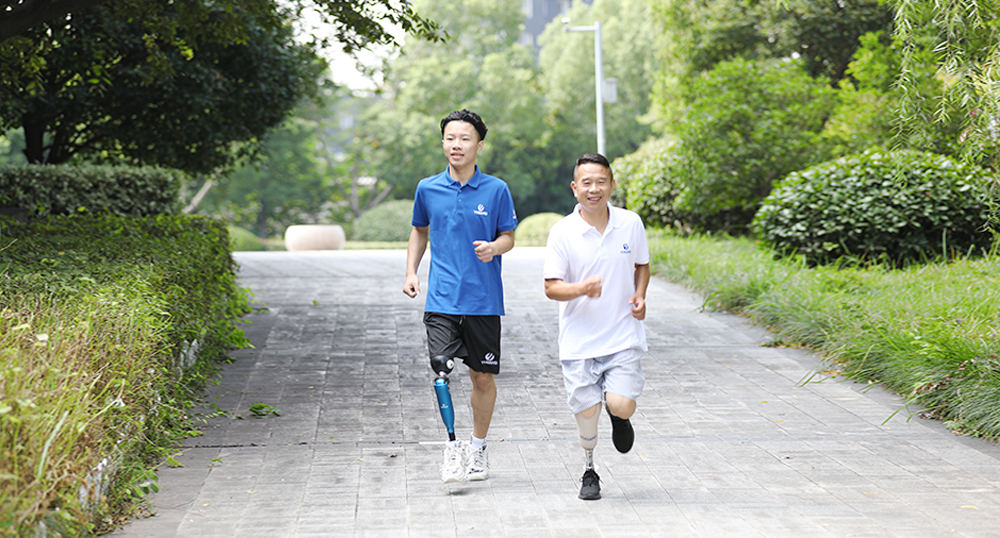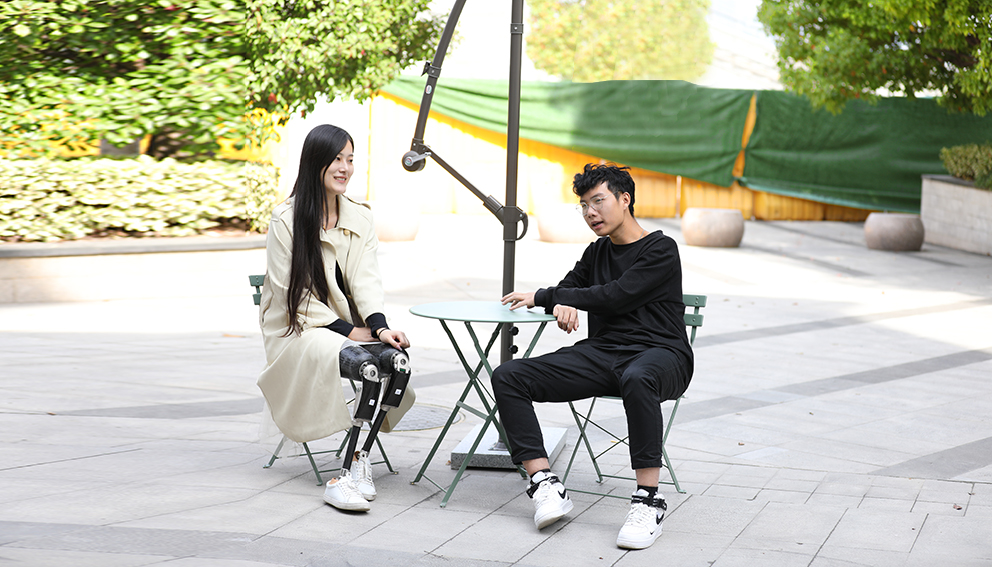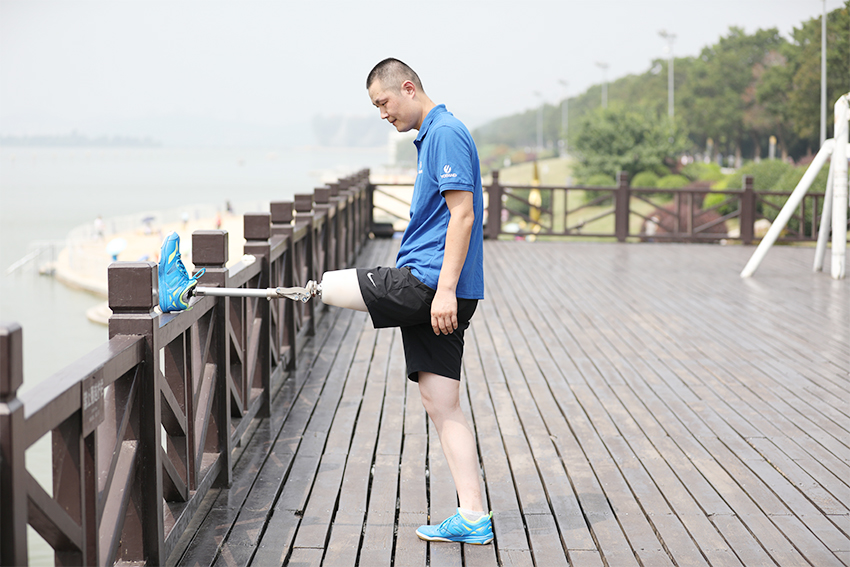News Center |

I, Design and manufacture of lower limb prosthesis
In general, the earlier a prosthesis is fitted, the shorter the recovery time.
After the prosthesis technician is selected, the procedure for fitting the prosthesis is generally as follows:
Lower extremity prostheses are designed to help amputees move as naturally as possible.
Qualified prosthetics technicians will keep up with the latest developments in prosthetics, but amputees must also be aware of current technologies.
Each prosthesis technician has his own method of installation, manufacturing techniques and opinions.
Amputees should keep an open mind, not rush decisions, and take their own perceptions and judgments into account during the process of fitting a prosthetic limb until the amputee is confident that all relevant factors have been taken into account.
The fabrication and installation of prosthetic limbs is both an art and a science.
But the two most important aspects of a good prosthesis are:
Correct assembly and alignment of prosthetic components and residual limbs;
A suitable receiver cavity with good suspension is designed.


To better grasp the shape of an amputee's stump, prosthesis technicians will use the shape obtained from the stump to create a diagnostic or "test" cavity.
The fabrication, modification and perfection of the receptacle require constant testing and adjustment. Therefore, the receptacle for testing usually requires a second appointment for installation.
The test receptacle is made of transparent plastic material and can be adjusted.
During this process, the amputee is required to wear the prosthesis, participate in the prosthesis technician to discuss the effect of the application of the technology, and what the amputee can do during the process.
II, learning to walk
It is also normal to experience some pain and discomfort during the first month after surgery.
Amputees need gait training, in which they learn how to walk normally with less effort.
Logically, the higher the amputation height, the more complex the prosthesis is to use, as more components are needed to replace the function of each joint.
Mobility and independence must be regained through planned hard work.
Some amputees do well from the start, but most take time, and it's part of the journey to their potential.
There's no need to rush: use this stage of the recovery process to learn how your lower limb prosthesis works, how your body interacts with it, and ask any questions you might want to ask.
Suggest practice moves
The following training will help amputees acquire proper walking skills as soon as possible and assist them throughout the reintegration process.
The training will help amputees repair muscles and get used to walking with prosthetic limbs.
It is best to be supervised by a physiotherapist or exercise therapist to ensure that the amputee exercises properly and can then exercise on his or her own at home.
With a good training program and hard work, thigh amputees can realize their potential and walk as normally and effortlessly as possible.

Exercise for thigh amputees:
1. Move your pelvis from side to side
With your feet about 10cm apart, slowly move your pelvis from left to right and back.
You will feel your weight transfer from one foot to the other.
2. Step forward
Step forward with your healthy foot and apply your weight to the side of the prosthesis.
Pay attention to balance as you move back and forth.
3. Practice
With both feet on the floor, slowly shift your weight onto the prosthetic limb, push the stump into the receiving cavity and lift your healthy foot.
Use the knee to support your body weight.
Try to control the balance on the side of the prosthesis by using the muscles around the hip.
4. Walking exercises
Ask your prosthesis technician or physiotherapist to gently intercept your pelvis on the side of the prosthesis while you practice walking.
The added resistance in motion will give you more forward momentum.
When you walk, your stride will be longer and more natural.
5. Walk/turn exercises
Place the rubber cup on the floor and walk in a figure of eight or turn slightly.
Focus on the flip motion of foot prosthesis and feel the smoothness of knee prosthesis flexion.
6. Walking on crutches
Using crutches can help you improve torso rotation and balance and get used to knee movements.
Actively load the prosthesis (transferring your weight to the prosthesis) and roll the prosthesis smoothly to increase your forward momentum.
7. Sit and practice
Place the foot slightly forward and keep your weight on your knee until you can gently bend the knee.
The resistance you can feel -- or the braking force -- helps you sit down slowly.
The amount of resistance depends on the type of knee prosthesis you have.
Whether it's a microprocessor knee or a mechanical knee, be sure to consult your prosthetic technician before trying this exercise).
8. Practice walking down the stairs
Hold the handrail and place the back part of the foot on the step.
Put your weight on the prosthesis and slowly move your pelvis forward.
Through this load, the knee joint will generate the resistance needed to proceed smoothly to the next step.
9. Downhill or slope exercises
Grab the handrail and take short, even steps.
Loading the knee joint will create the resistance needed to walk down the slope in a controlled manner.
Rehabilitation training for thigh amputees can be long and difficult, but there's no need to rush.
Every step is a learning experience, and YOBAND aims to enable every amputee to learn how to interact with his/her prosthetic limb through these gait training, to better understand his/her body, to explore their potential, and to surpass themselves!
Copyright © 2015 USA-YOBAND. All Rights Reserved 沪ICP备09003269号